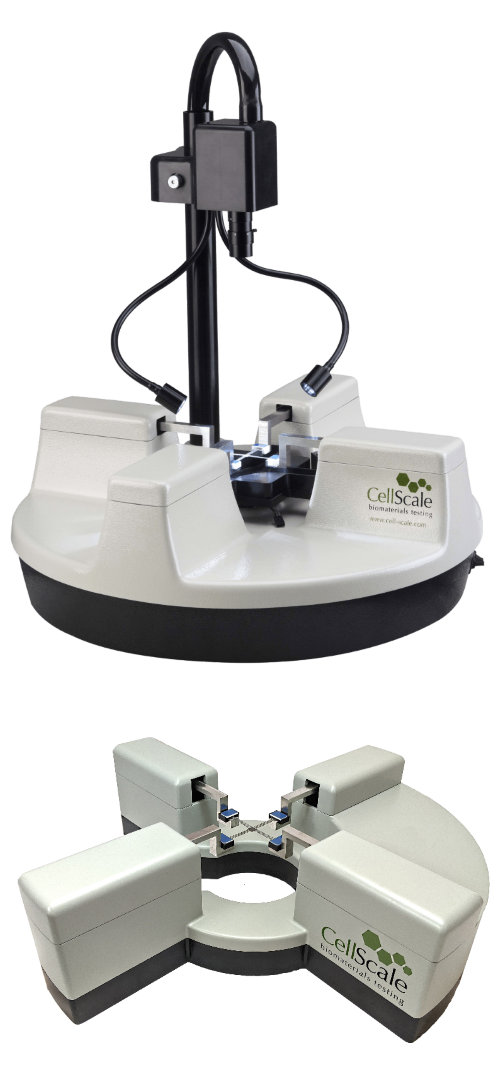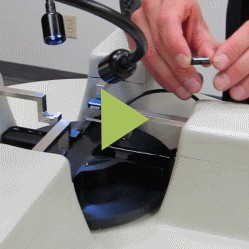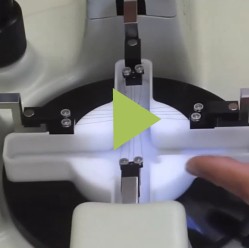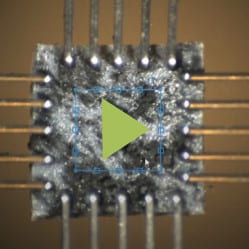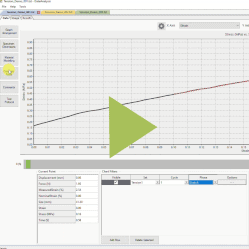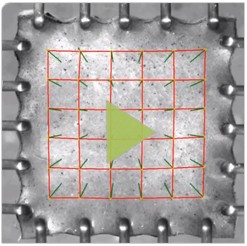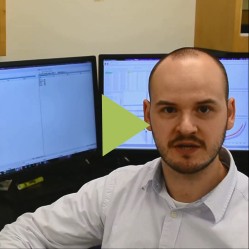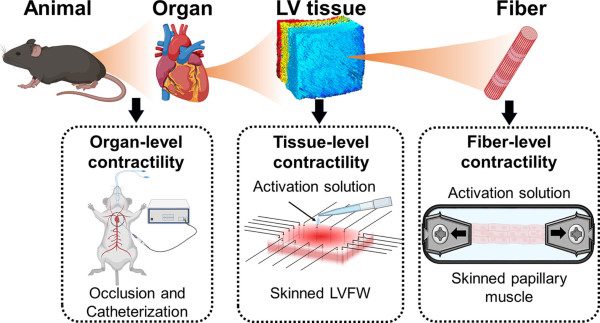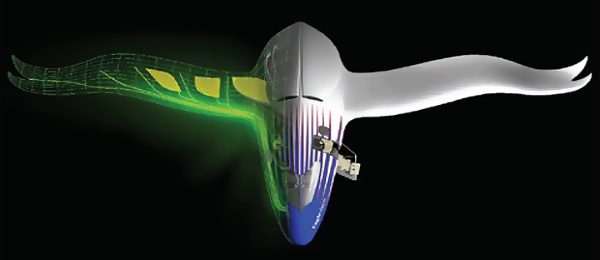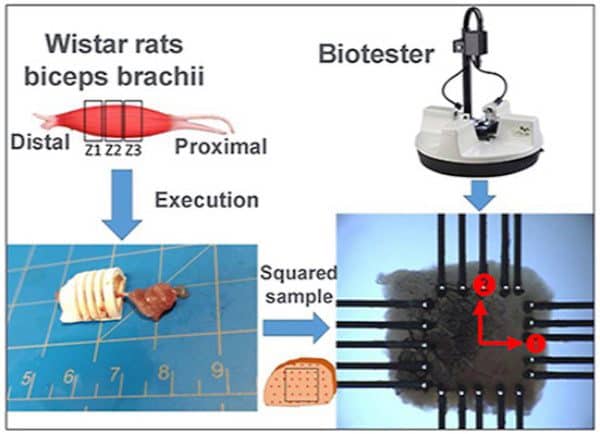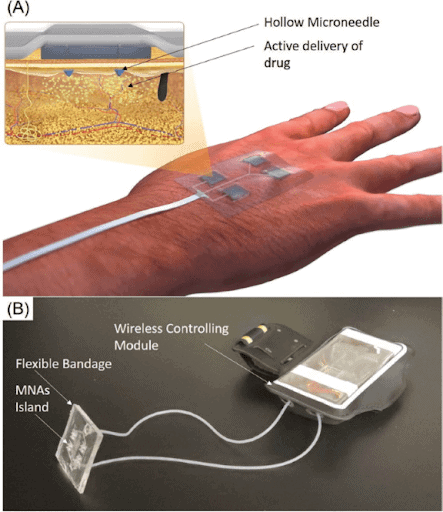BioTester – Biaxial Test Machine
Fully equipped and optimized for biomaterials
The BioTester is a specialized biaxial testing mechine engineered to meet the unique demands of biomaterials. Its capabilities are critical for comprehending the mechanical behavior of biomaterials, which often exhibit directionally dependent microstructures. The BioTester streamlines biaxial testing, enabling users to concentrate on results, rather than the complexities of the testing process.
Key Features
- Four high performance actuators with inline load cells for precise measurements
- Multiple mounting options, including the patented BioRakes, ensuring quick and dependable specimen setup
- Versatile control protocols: displacement, force, or image-based strain
- Built-in temperature-controlled media bath for sample integrity
- Comprehensive software for straightforward, cyclic, and multi-modal testing, complete with immediate feedback
BioTester 5000
- Full feature set included with the standard system
- Long stroke for up to 80mm grip separation
BioTester 3000
- Modular design with many optional features
- Small size with increased access for imaging and other instrumentation
BioTester 6000
- Increased force capacity to 200N
TECHNICAL INFO
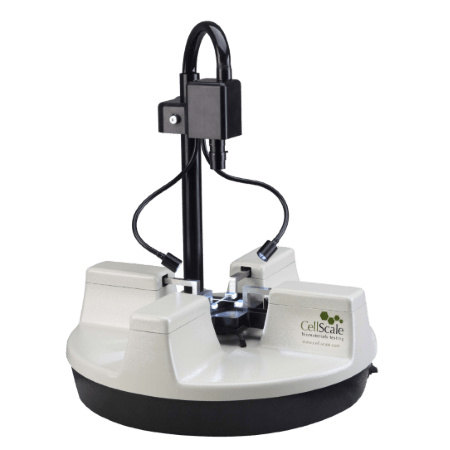
| BioTester 3000 | BioTester 5000 | BioTester 6000 | |
| Dimensions | 46 X 46 X 13cm | 60 X 60 X 80cm | 78 X 78 X 80cm |
| Weight | 6kg | 18kg | 23kg |
| Force Capacity | 10N (23N opt) | 23N | 200N |
| Available Load Cells | 0.5 – 23N | 0.5 – 23N | 0.5 – 200N |
| Maximum Grip Separation | 50mm | 80mm | 80mm |
| Maximum Velocity | 20mm/s | ||
| Maximum Data Rate | 10Hz (100Hz opt) | 100Hz | 100Hz |
| Temperature-Controlled Bath | Optional | Standard | Standard |
| Imaging and Strain Analysis | Optional | Standard | Standard |
| Test Control Modes | Displacement (Force opt) | Force, Displacement | Force, Displacement |
Specimens & Mounting
The BioRake sample mounting system is CellScale’s patented method for attaching soft tissues and biomaterials.
Each tine is electrochemically sharpened to easily pierce both the toughest and most delicate tissue samples. Each set is permanently attached to a common base to allow simultaneous puncture of all 20 attachment points.
To perform testing, samples are positioned and raised into place using the lift mechanism and pressure is applied to insert the hooks in the tissue. The mounting is consistent, accurate and easy.
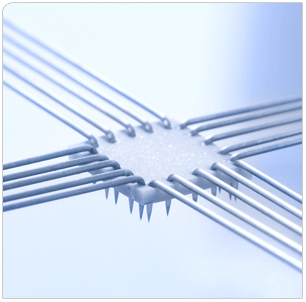
The force-balanced tether mounting system ensures zero shear stress.
Two double-ended custom suture hooks are used to create 4 attachment points on each side of the specimen. A two-stage stainless steel pulley mechanism ensures that each of the sutures is held at the same tension during the test.
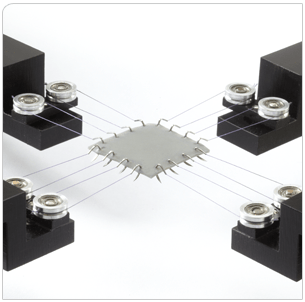
The clamp mounting system for testing to failure.
Using a cruciform specimen allows the attachment sites to be a distance away from the gauge area of the specimen. The clamps allow the specimen to be loaded easily and held securely.
Custom clamp designs can also be made to tailor the clamp force and clamping surface to your tissue.

Software
A User-Friendly Interface for Designing and Executing Test Protocols
This software offers an intuitive platform for creating and running both standard and customized test protocols. It allows users to easily set and adjust test parameters like displacement magnitudes, durations, and data/image collection frequencies in a table format for swift access and alteration. A convenient template system is available for quick reloading of preferred test parameters once a protocol is established.
During test setup and execution, the software interface delivers real-time imaging and updates on force, position, and temperature.
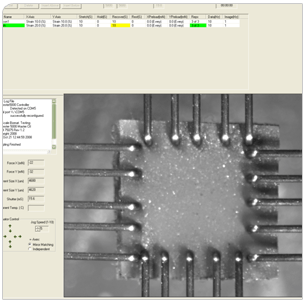
Non- contact strain tools for real-time control and post test analysis
In strain control protocols, real-time image analysis of the average specimen strains is used to achieve the strain profiles specified in the test protocol. For all types of protocols, more advanced strain mapping tools are available to fully characterize the specimens strains, compare tests, and output data for more more extensive modelling and analysis.
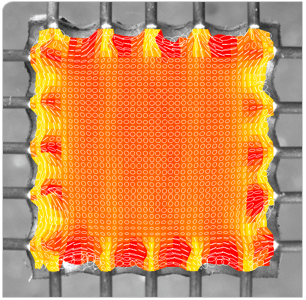
Videos
I purchased the Cell Scale biaxial device in my first year as an Assistant Professor. It allowed my first graduate student to start collecting data from day one rather than spend the time to design, build, and validate a custom device first.
The CellScale Biotester offers great flexibility with planar biaxial testing, providing compact and robust hardware setup paired with flexible and capable software. Attachment systems are quick and easy to use, making the device particularly attractive for testing large numbers of specimens…We’ve had great success with CellScale’s customer support, they are very helpful when we have questions and always update us on their new software releases.
Constitutive description of human femoropopliteal artery aging.
We use the CellScale BioTester to characterize mechanical properties of cardiovascular soft tissue. The BioTester provides us with an easy-to-use test instrument and user-friendly interface for post processing. In addition, we are very satisfied with the customer service and support that CellScale provides.
Publications
DOWNLOADS
If you would like help with updating your device software, please contact the CellScale team for free support.

